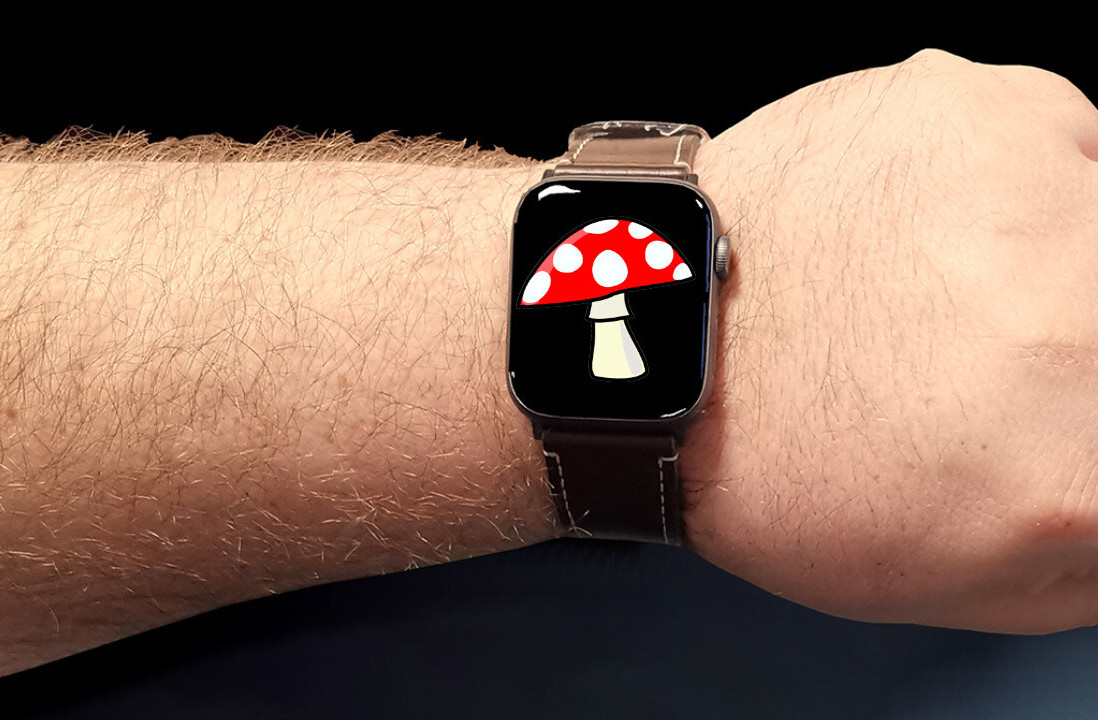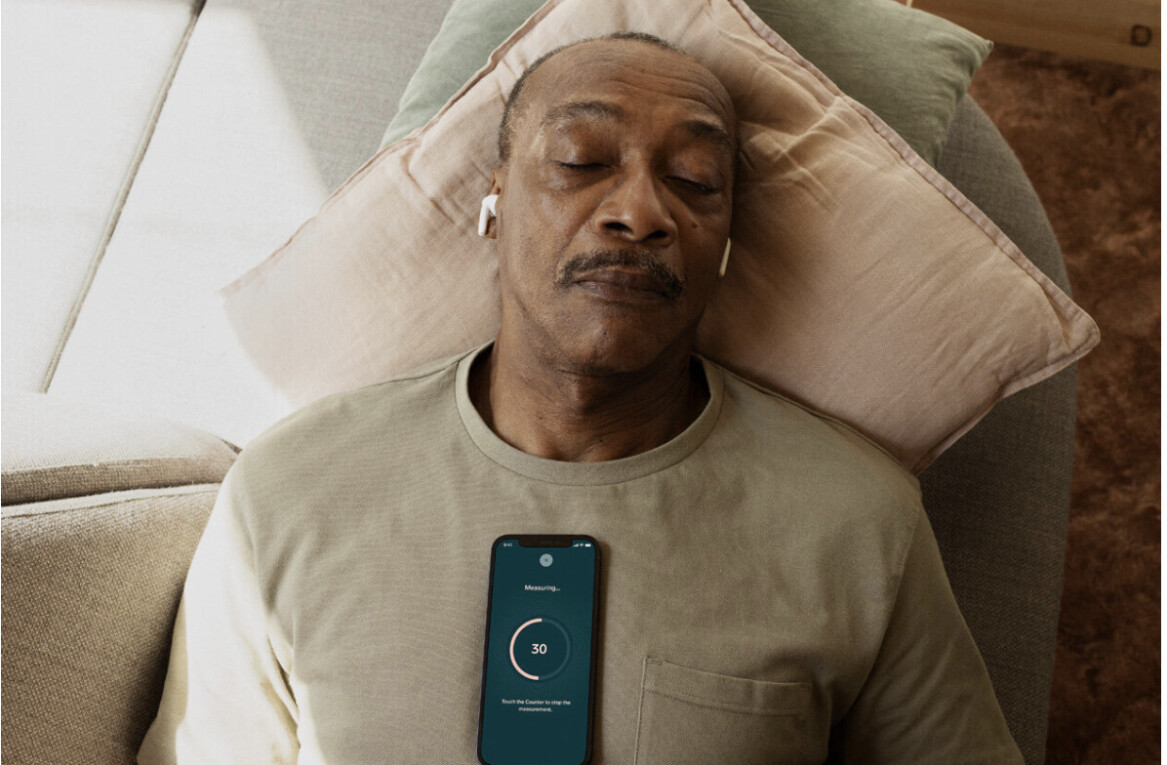
Facebook is developing a new input device for AR glasses: a wristband that lets you interact with virtual reality by moving your fingers.
The system uses electromyography (EMG) to convert nerve signals passing through the wrist into digital commands.
Facebook says that these signals are so clear that EMG can understand finger motions of just a millimeter:
That means input can be effortless. Ultimately, it may even be possible to sense just the intention to move a finger.
The devices also use contextualized AI to dynamically adapt to you and your environment.
[Read: This haptic device uses strings to let you ‘feel’ objects in VR]
Facebook still hasn’t revealed a release date for the wristbands, but unveiled two prototype devices in a Thursday blog post.
The company says it explored a range of other input sources before deciding the wrist has some unique benefits:
The wrist is a traditional place to wear a watch, meaning it could reasonably fit into everyday life and social contexts. It’s a comfortable location for all-day wear. It’s located right next to the primary instruments you use to interact with the world — your hands. This proximity would allow us to bring the rich control capabilities of your hands into AR, enabling intuitive, powerful, and satisfying interaction.
Initially, Facebook plans to use EMG for just one or two finger movements, which it refers to as “intelligent clicks.” But the company expects the signals to eventually fully control virtual objects and interfaces.
Greetings Humanoids! Did you know we have a newsletter all about AI? You can subscribe to it right here.
Get the TNW newsletter
Get the most important tech news in your inbox each week.





